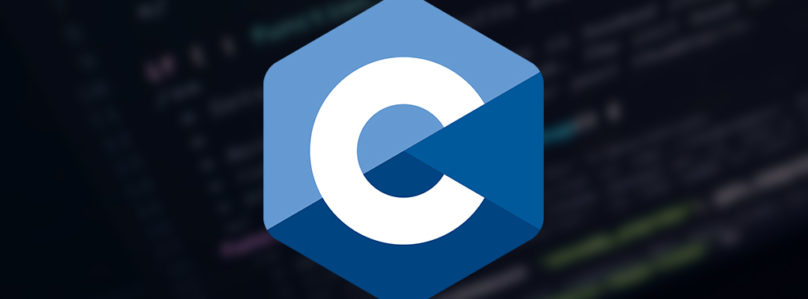
C Programming
C Programming
C is a general-purpose, imperative computer programming language, supporting structured programming, lexical variable scope and recursion, while a static type system prevents many unintended operations. By design, C provides constructs that map efficiently to typical machine instructions, and therefore it has found lasting use in applications that had formerly been coded in assembly language, including operating systems, as well as various application software for computers ranging from supercomputers to embedded systems.
C was originally developed by Dennis Ritchie between 1969 and 1973 at Bell Labs, and used to re-implement the Unix operating system. It has since become one of the most widely used programming languages of all time, with C compilers from various vendors available for the majority of existing computer architectures and operating systems. C has been standardized by the American National Standards Institute (ANSI) since 1989 (see ANSI C) and subsequently by the International Organization for Standardization (ISO).
C is an imperative procedural language. It was designed to be compiled using a relatively straightforward compiler, to provide low-level access to memory, to provide language constructs that map efficiently to machine instructions, and to require minimal run-time support. Despite its low-level capabilities, the language was designed to encourage cross-platform programming. A standards-compliant C program that is written with portability in mind can be compiled for a very wide variety of computer platforms and operating systems with few changes to its source code. The language has become available on a very wide range of platforms, from embedded microcontrollers to supercomputers.
WHY USE C
- As a middle level language, C combines the features of both high level and low level languages. It can be used for low-level programming, such as scripting for drivers and kernels and it also supports functions of high level programming languages, such as scripting for software applications etc.
- C is a structured programming language which allows a complex program to be broken into simpler programs called functions. It also allows free movement of data across these functions.
- Various features of C including direct access to machine level hardware APIs, presence of C compilers, deterministic resource use and dynamic memory allocation make C language an optimum choice for scripting applications and drivers of embedded systems.
- C language is case-sensitive which means lowercase and uppercase letters are treated differently.
- C is highly portable and is used for scripting system applications which form a major part of Windows, UNIX and Linux operating system.
- C is a general purpose programming language and can efficiently work on enterprise applications, games, graphics, and applications requiring calculations etc.
- C language has a rich library which provides a number of built-in functions. It also offers dynamic memory allocation.
- C implements algorithms and data structures swiftly, facilitating faster computations in programs. This has enabled the use of C in applications requiring higher degrees of calculations like MATLAB and Mathematica.
SYLLABUS
- Fundamentals of C Language
- Overview of C Language
- Data Types in C Language
- Variable in C Language
- Constant in C Language
- Operators and Enums in C Language
- Decision Making of C Language
- Loop control in C Language
- Control Flow in C Programming
- Array in C Language
- String in C Language
- Function in C Language
- String functions in C
- Recursion in c
- Pointer in C Language
- Structure in C Language
- Union in C Language
- File Input/Output
- Dynamic Memory Allocation
- C Pre-processor